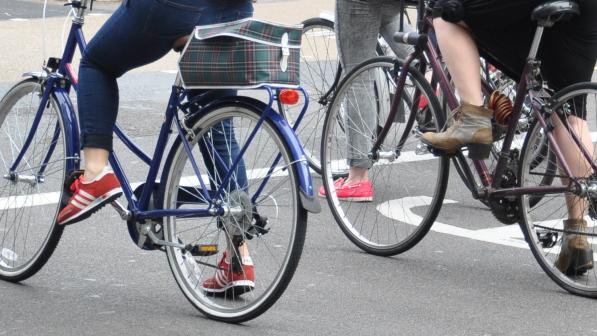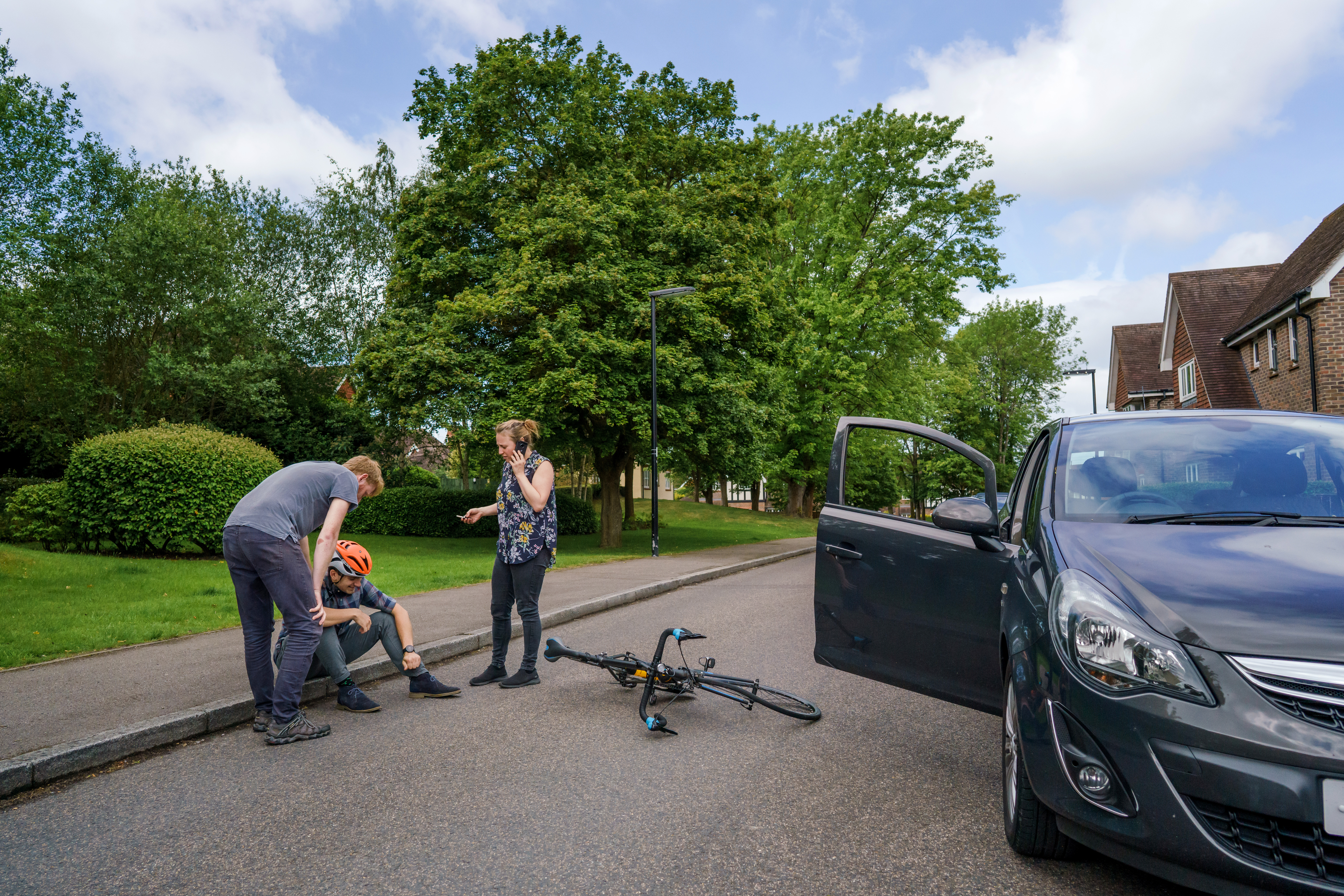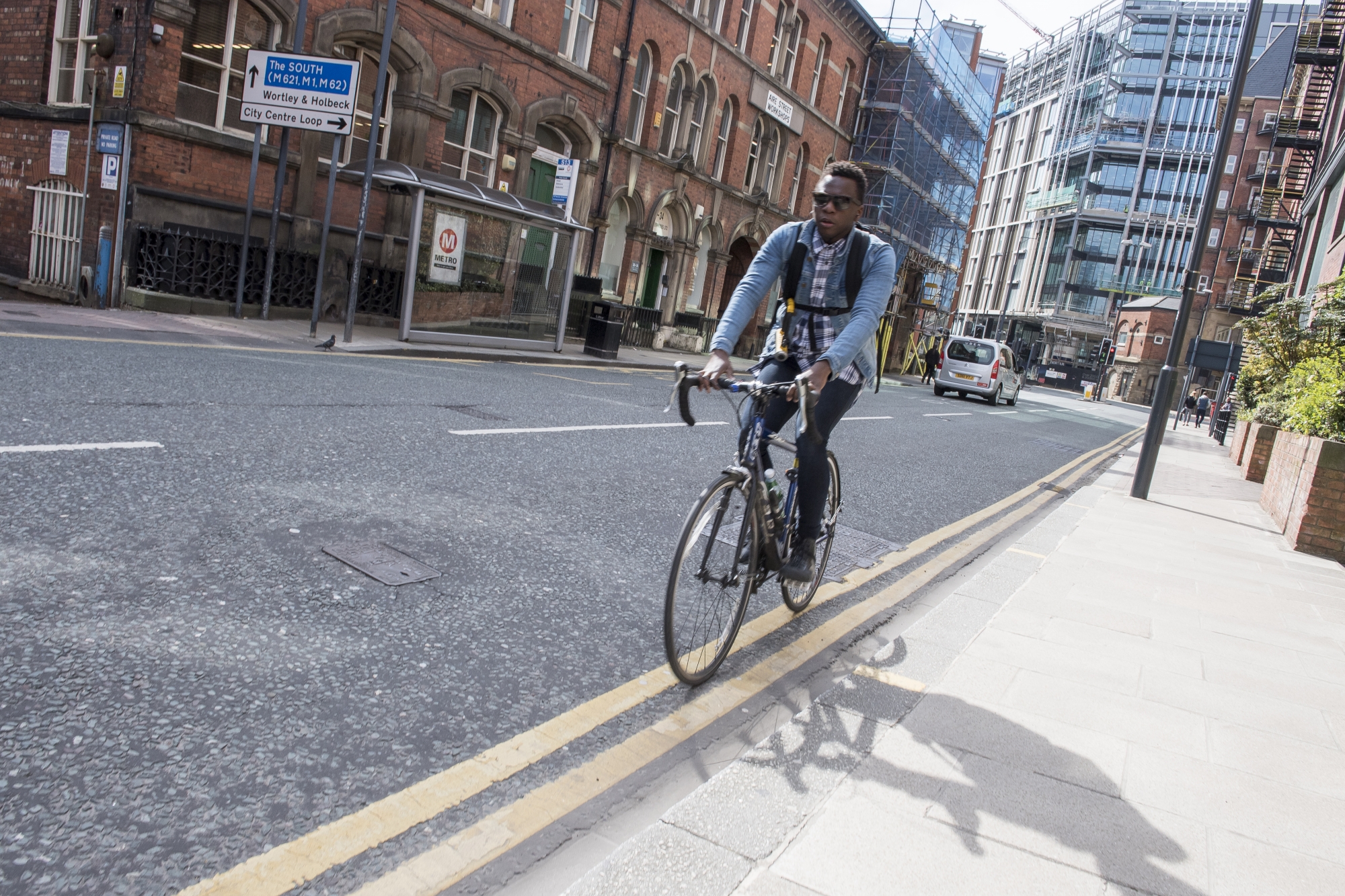Road casualty figures for 2016: how are cyclists faring?

What are these figures?
These statistics come from the Department for Transport’s (DfT) annual report ‘Reported Road Casualties Great Britain’, covering 2016.
It’s important to note the word ‘reported’. With the highly probable exception of deaths, by no means every injury on the roads end up in this report. This is because they’re not all reported to the police, which is where these data come from. Under-reporting is a known phenomenon, revealed mainly by comparing police data against hospital records, compensation claims and surveys, but here we’re focusing on police stats.
The figures cover incidents that happen on the public highway, involving at least one motor vehicle, horse rider or cyclist, and where at least one person is injured. They don’t include private land, drives or car parks.
Casualties overall
Numbers
In terms of number of fatalities, every road user type except motorcyclists has seen an increase in 2016 when compared with 2015 (car occupants 816; pedestrians 448; motorcyclists 319; cyclists 102; other 107).
Road deaths for all types of road user went up in 2016 by 4% compared to the year before. At 1,792, this is the highest annual toll since 2011 although, as the DfT points out, 2016 still saw 44% fewer fatalities than in 2006.
Figures for seriously injured casualties - 24,101 - are less easy to compare so robustly with earlier years because some police forces have changed the way they report on severity. Formerly, they had to judge for themselves how severe an injury was, but their system now does this for them. The DfT thinks this may have added between 5% and 15% to the total for serious injuries. On the face of it, though, they are 9% up on 2015, and 6% up on the average for 2010-2014.
As we all know, yearly fluctuations may be due to a range of factors - e.g. distance travelled, the weather, traffic volume (motor traffic levels increased by 2.2% between 2015 and 2016), population, fuel prices, the state of the economy and, as we always stress, the number of roads police out apprehending motorists. Nevertheless, assuming the DfT is right to say that: “The evidence points towards Britain being in a period when fatality numbers are fairly stable and most of the changes relate to random variation”, what we’re not seeing is a significant fall.
There’s no room for complacency, in other words. Indeed, in its speculations about the impact of the economy, the DfT says: “… while Britain is in a period of stronger growth (in comparison with the recent recession) there is unlikely to be as large falls in casualties as there were earlier on without further significant interventions.”
Significant interventions are still crucial. Certainly, even if it doesn’t relate to any clear trend since 2010, a 28% increase in the number of road deaths amongst children aged under 15 is appalling: 69 in 2016; 54 in 2015. This is the highest number recorded since 2009. Thirty-four were pedestrians, and six cyclists.
It’s also worth noting with concern that about half the increase in fatalities of all ages happened in Scotland (162 in 2015 and 191 in 2016).
Rate
Numbers, though, don’t tell us as much as casualties and fatalities per mile travelled, because this takes account of exposure.
Looking at the figures from this angle, it’s always patently and unsurprisingly clear that vulnerable road users (pedestrians, cyclists and motorcyclists) are at considerably more risk than people in motor vehicles and are disproportionately represented in casualty statistics. For instance, the DfT calculates that pedestrians suffered 1,863 casualties and 35.4 fatalities per billion passenger miles in 2016 (an increase on 2015), in comparison to 262 casualties and two car occupant deaths per billion miles (also an increase).
For all drivers and riders (excluding pedestrians), there isn't much change in the risk per billion miles travelled either for fatalities or KSI from 2015 to 2016. The figures for the past decade, on the other hand, do show a marked reduction - but only for the occupants of motor vehicles. In 2006, there were 38 KSI per billion miles for people in cars, down to 26 in 2016, some of this undoubtedly thanks to advances in safety technology. On the outside, cyclists (see below) and motorcyclists have not been nearly so blessed.
Cyclists
It seems that there’s been very little shift in some respects, but that the picture may be a little more positive in others:
- Looking at casualty rates (rather than numbers), around 30 cyclists died per billion miles in 2015, as opposed to 31 in 2015. To put this in the context of mileage, cycle traffic grew by 6% between 2015 and 2016. When cycle use rises, but casualties go down, it's bound to be positive news for the ‘safety in numbers’ theory.
- KSI rates (killed or seriously injured) do seem to have dropped very slightly too – 1,011 per billion miles in 2016; 1,025 in 2015. Here, we again need to bear in mind the caveat over directly comparing 2016 serious casualties against 2015 (i.e. because of the changes in the way police report them), but we do know that the KSI rate for cyclists was increasing at least until 2012 (in 2006, for example, there were 868 cyclist KSI per billion miles, and 1,070 in 2012). Most of the following years witnessed a drop, but the 2016 figure still comes in higher than that for 2006. In contrast, the KSI rates for people in motor vehicles were all higher in 2006 than they were ten years on.
- In 2016, mile for mile (all areas), pedestrians were more likely to be killed than cyclists (35.4 deaths per billion miles, as opposed to 29.5).
In terms of absolute numbers, in 2016:
- 102 cyclists died on Britain’s roads, a 2% increase on 2015. In statistical terms, however, the DfT says, this is not significant because this figure is very similar to those for each year since 2008.
- 3,397 were seriously injured, an increase of 5% on 2015, and up 10% on the 2010-2014 average (note, as mentioned above, comparing this with past figures needs to be done with caution).
- Casualties (i.e. of all severity, including slight), were lower than in any year since 2010.
- 81% of the 18,477 cyclist casualties were male (other figures suggest that males cycle three times as many trips as females - 22 to 7 in 2016).
Finally, casualty statistics are naturally very sobering things, but we mustn't lose sight of the good cycling does in so many ways – health-wise, environmentally, for communities and the quality of life. All this by far outweighs the risks.
The risks still need tackling, though, for those who are affected directly by hostile road conditions, and those who are put off cycling because of them. This is why Cycling UK campaigns for more roads police, better designed and driven lorries, improved driver behaviour, effective law enforcement, and measures to reduce motor traffic speeds and volume; not to mention Space for Cycling.




